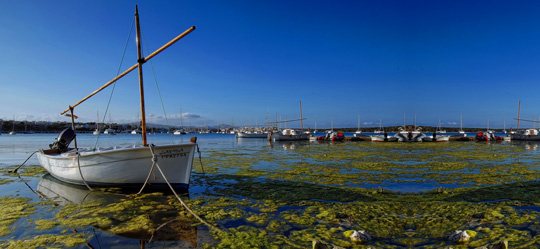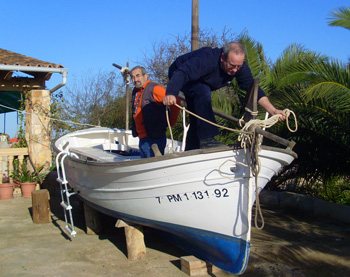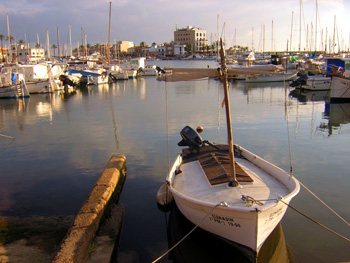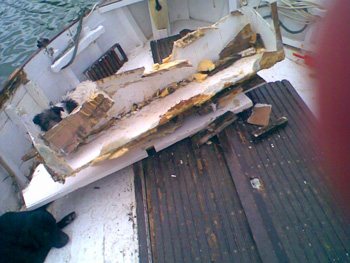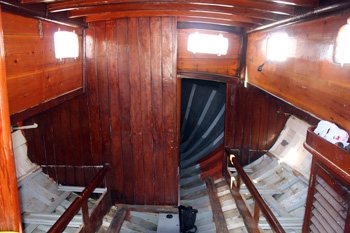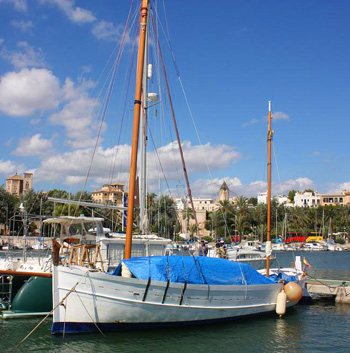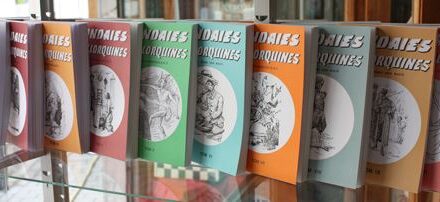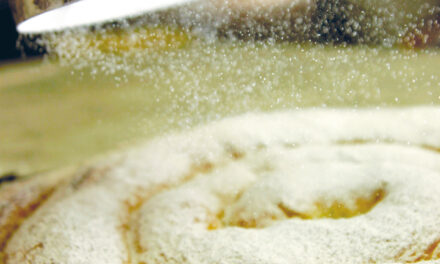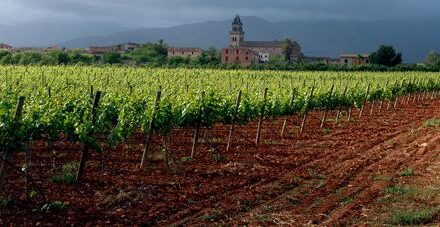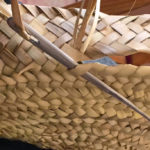Die llaüt ist der traditionelle Anlegeplatz für die Schleppnetzfischerei auf den Balearischen Inseln. In der heutigen Zeit gilt diese Art zu Fischen jedoch als eine kunstvolle Tradition, die einigen Liebhabern vorbehalten und in der mallorquinischen Fischereiflotte nur noch selten zu sehen ist.
Das zugehörige kleine Lateinersegelboot ist ungefähr vier Meter lang, hat drei Masten und kann eine Geschwindigkeit von bis zu sieben Knoten erreichen. Es liegt sicher und stabil im Wasser, wodurch es sich hervorragend für alle möglichen Freizeitbeschäftigungen wie Segeln und Sportangeln eignet und hält auch schwierigeren meteorologischen Bedingungen stand.
Die ersten Llaütschiffsbauer waren bekannt als die mestre d’aixa, die mit Hilfe der aixa (Hacke) einheimische Hölzer für den Schiffsbau bearbeiteten. Inzwischen benutzt man für die Konstruktion neue Materialien und hochwertige Finishs, wie sie an Sportyachten zu sehen sind.
Die 50 Mitglieder der menorquinischen Vereinigung „Amigos del Mar“ (Freunde des Meeres) kümmern sich um die Erhaltung dieses kulturellen Erbes.
A true story (Eine wahre Geschichte)
Given the hardship of our nautical heritage, some still choose to contribute and help get it back, our tradition does not disappear.
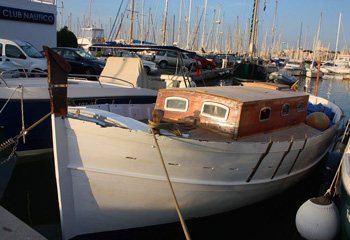
The former owner, a gentleman Spaniard, had bought 40 years ago and it was more like what would sell. But he only wanted to sell to someone who would take care of, if not, take it to his farm and kept it. Obviously being wood rot out of the water. But for him, was like another family and he would not see it in anybody’s hands.
He told me that this was built in Felanitx llaüt and the family were mestres Creus of Porto Colom. I was rummaging and I have reached a curious situation. I went to naval records and talked to the sea captain of Palma, José F. Escalas, who gave me all the information he had of this boat, but the dates did not fit, put this ship was built in the sixties to longline fishing, when I told the former owner was surprised a lot because being Majorcan 72 years was very familiar with this boat and its former owner, and confirmed with certainty the antiquity of llaüt and history. The problem is that at that time nothing was written, produced mestres the boat and then sold it.
I, as a new owner, I am changing the rigging of one of two poles. I am changing and fixing everything inside, putting new teak deck, changing and fixing various things, distributing the weight and touch, new sailings, among other things, a very exhausted and pretty.
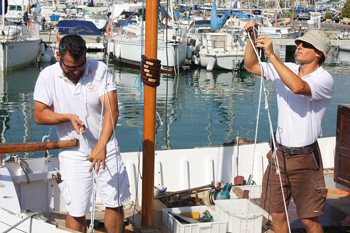
My wife and I plan to sail a lot with this boat when ready. We also plan may allow the foundation Joves Navegants use with their young, I’m one of their volunteers and I love the work they do.
In the pictures you can see the progress of the restoration, working artisans, the masts, and the boat with and without poles.„
